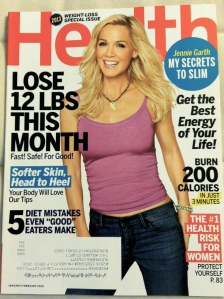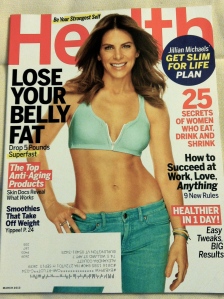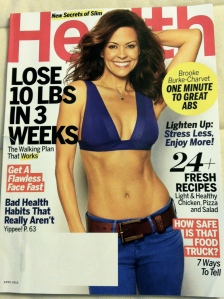Now that the weather is warming up and I have to be in a bathing suit, I’m definitely becoming a little bit more body conscious than I have been during the winter months. I don’t want to miss out on a fun day at North Beach where the sun is shining, the water is crystal clear and the smell of barbequed chicken is suffocating my nostrils, just because I don’t feel comfortable showing a little skin. Being this uneasy about my body brings me back to when I was a lot younger and was definitely chubby. I never really liked gym class and I loved the tator tots and chicken nuggets in the cafeteria way too much.
This leads me to beg the question, should schools be held responsible for helping children manage their body weight? Would my concept of body image and weight be different if how my school framed the situation was different? Some would argue that it’s totally school’s responsibility to integrate weight based education into the class room but on the other side some argue that responsibility lies in the hands of the child’s guardian.
Scott LaFee, a science and health reporter with the Union-Tribune in San Diego, wrote an article titled, How Much Responsibility do School’s Bear for Addressing the Obesity of their Students? In Mr. LaFee’s opinion, “Generally speaking, the care and feeding of children is the job and duty of parents, not superintendents, principals and teachers.” On the other hand, in the eyes of Ludmila Battista, MA, and Lisa Wright, PT, PHD, authors of Childhood Obesity: What School’s Can Do To Make A Difference, school’s can make a huge difference in the epidemic. They believe that, “dietary guidelines and federally funded programs are already leading the way by mandating change in the way schools and daycare centers address the crisis… Empowering children with education and specific tools for making better choices is the key to promoting health.”
In my personal opinion, pointing fingers and trying to place blame has gotten us nowhere in resolving the issue. It has to be a joint effort because children are so incredibly impressionable that information coming from the classroom as well as from home will help shape the outlook. Also if there are negative messages coming from the home, having a positive message come from school, or vice versa, can help shift the way that child thinks about a certain topic. They get to see both sides of the story and hopefully it will help them form their own opinions and make their own decisions. Educational programs in school as well as good role models at home will be the only way to truly combat a huge epidemic.
What do you think? Should school’s be held responsible for helping kids manage their body weight? Or do you think school’s should stay out of it and guardians should take on the job?
– Al
WP 5.7




